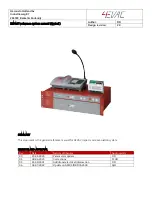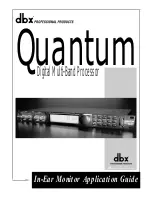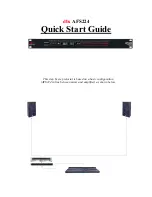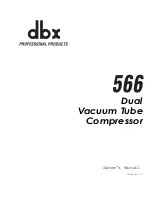
ELECTRICAL INSTALLATION
14
M-GV/2, M-GV/3, M-GV/3+, M-GV 8, M-GV 10 and M-GV 15 — June 2017 — EN
When two batteries are used in series to provide
a 24 Volt supply system, never take off 12 Volt
(starting) power from one of these batteries. This
will result in severe damage to both batteries
within a short time.
Disconnect the battery leads if electrical welding is to be carried
out, otherwise damage will be caused to the diodes of the
alternator.
As explosive hydrogen gases may be discharged
during charging, the battery should be located in
a well-ventilated space. Ensure that the supplied
battery cable connectors are properly fitted.
Never remove these during or shortly after
charging, as sparking may occur, igniting the
hydrogen gases.
3.8
ALTERNATING CURRENT
The electric power supplied by the genverter is
of a high voltage and dangerous to people.
Before working on the system read the sections
on safety in the users manual.
Generators used on vessels that are operated in
a hazardous environment often have to fulfil
special regulations and additional measures have
to be taken accordingly.
These genverters are designed to generate power for both AC
and DC installations, depending on the type of WhisperPower
PowerCube or Power Module installed with the genverter. Be
sure that all electrical installations (including all safety systems)
comply with all regulations required by the local authorities. All
electrical safety/shutdown and circuit breaking systems have to
be installed on-board as the genverter itself cannot be
equipped with such equipment for every possible variation.
The vessel’s power supply system should be suitable and safe
for the voltages applied and the power that will be generated.
Special attention has to be paid on dividing the system in
branches which are fused individually.
It is absolutely essential that each and every circuit in the
electrical system be properly installed by a qualified electrician.
3.9
CABLE PROTECTION (FUSES)
It is the installer's responsibility to protect the live wires
between the genverter and the PMG/DC PowerCube. Check the
electrical information on the identification plate in order to
calculate the right fuse size.
Please note that the above is in addition to any fuses required
between the PMG/DC PowerCube and the AC installation or
batteries, as applicable.
3.10
GROUNDING
The AC alternator windings are not grounded.
The housing of the alternator and all other metal parts are
grounded.
The electric installation in the vessel needs to be protected
against insulation failures. Methods of protection are subject to
rules that may differ depending on the use of the vessel and
local standards. Experts in this field should be consulted.
Be aware that insulation protection systems can be different for
different applications and even within the ship there could be
different standards for different spaces. Sometimes other
standards shall be complied with, e.g. for certification societies
such as Lloyd’s Register of Shipping or Veritas, regulations for
the protection of personnel, building legislation, etc. It is of the
greatest importance to have expert advice on this issue.
For safety reasons connect the main ships ground to the
negative of the generating set start battery. However, when a
ungrounded DC system or positive grounded DC system is
applied the battery negative should not be connected to the
main ships ground.
3.11
CABLE
For the power cable we recommend the use of 3 wire oil
resistant cable with a sufficient cross sectional area. For long
cables it is recommended to apply cables with a larger cross
section (refer to ISO 13297, Annex A).














































